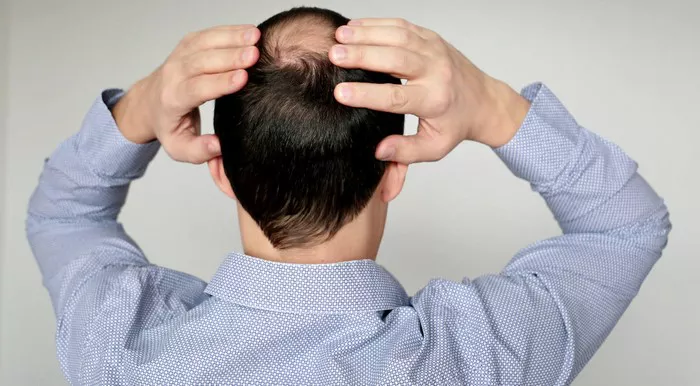Alopecia areata, an autoimmune disorder that targets hair follicles, can be a perplexing and emotionally challenging condition. As individuals grapple with the physical manifestations and psychological impact, one burning question prevails: How long does an episode of alopecia areata last? In this comprehensive exploration, we delve into the intricacies of this unpredictable disorder, examining its varied manifestations, potential durations, and contemporary insights into managing its impact on individuals seeking answers and reassurance.
Understanding Alopecia Areata: A Complex Autoimmune Puzzle
Before unraveling the duration of alopecia areata episodes, it’s crucial to understand the nature of this autoimmune condition. Alopecia areata occurs when the immune system mistakenly attacks hair follicles, leading to hair loss. The manifestations can range from small, coin-sized patches (alopecia areata) to complete loss of scalp hair (alopecia totalis) or even total body hair loss (alopecia universalis).
The unpredictable nature of alopecia areata makes it challenging to predict the duration of each episode, and the course of the condition can vary widely among individuals.
Varied Duration: The Unpredictability of Alopecia Areata
Alopecia areata episodes can exhibit a spectrum of durations, adding to the complexity of the condition. Some individuals may experience spontaneous regrowth of hair within a few months, while others may grapple with persistent hair loss for an extended period. In certain cases, the condition may become chronic, characterized by recurrent episodes of hair loss and regrowth.
The duration of an alopecia areata episode is influenced by factors such as the extent of hair loss, the responsiveness to treatment, and individual variations in the immune response. It’s not uncommon for the condition to evolve differently over time, making it essential for individuals to adopt a patient and adaptive approach to managing their journey with alopecia areata.
Triggers and Recurrence: Unraveling Contributing Factors
The triggers of alopecia areata episodes remain elusive, adding to the challenge of predicting their duration. While stress, genetics, and environmental factors are believed to play a role, the precise mechanisms triggering immune system attacks on hair follicles are not fully understood.
Moreover, the potential for recurrence further complicates the prognosis. Individuals may experience multiple episodes of hair loss and regrowth, with each episode presenting unique challenges and uncertainties regarding its duration.
Contemporary Insights: Advancements in Treatment and Management
As the medical community continues to unravel the complexities of alopecia areata, advancements in treatment and management strategies offer hope for those navigating the unpredictable course of the condition.
Topical corticosteroids, intralesional corticosteroid injections, and immunomodulatory therapies are among the conventional approaches aimed at suppressing the immune response and promoting hair regrowth. Emerging treatments, including Janus kinase (JAK) inhibitors, have shown promise in clinical trials, providing new avenues for individuals seeking effective interventions.
However, it’s essential to note that responses to treatment can vary, and there is no one-size-fits-all solution for alopecia areata. The collaborative efforts of dermatologists, immunologists, and researchers are essential in tailoring treatment plans to individual needs and advancing our understanding of this intricate autoimmune disorder.
Quality of Life: Nurturing Emotional Well-being
While the duration of alopecia areata episodes is a pertinent concern, addressing the emotional and psychological impact is equally vital. Hair loss can significantly affect self-esteem and quality of life. Support networks, counseling, and community engagement can play pivotal roles in helping individuals navigate the emotional challenges associated with alopecia areata.
Promoting awareness and fostering a sense of community can also contribute to destigmatizing the condition, and empowering individuals to embrace their unique beauty and strength.
Conclusion: A Journey of Patience and Resilience
In the quest to understand how long an episode of alopecia areata lasts, the overarching theme is one of unpredictability. The condition, characterized by its varied manifestations and durations, necessitates a holistic approach to both medical management and emotional well-being.
As advancements in research and treatment continue, individuals grappling with alopecia areata find themselves on a journey that requires patience, resilience, and adaptability. The collaborative efforts of healthcare professionals, the support of communities, and the ongoing pursuit of knowledge contribute to a future where the unpredictability of alopecia areata is met with effective solutions and a compassionate understanding of the individuals it affects.
In conclusion, the duration of an episode of alopecia areata remains enigmatic, but the journey is not defined solely by its length. It is a journey of self-discovery, strength, and community, where individuals facing the challenges of alopecia areata can find solace and empowerment amid the uncertainties, embodying the resilience that defines the human spirit.

